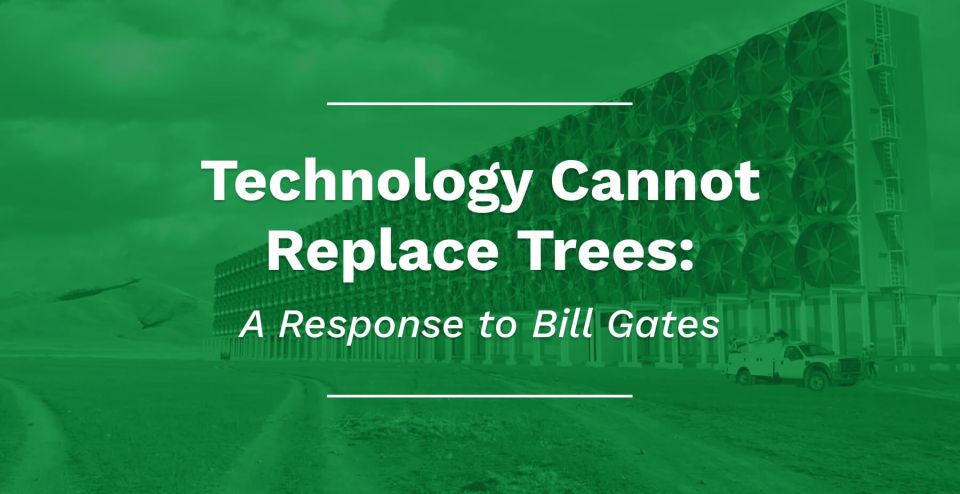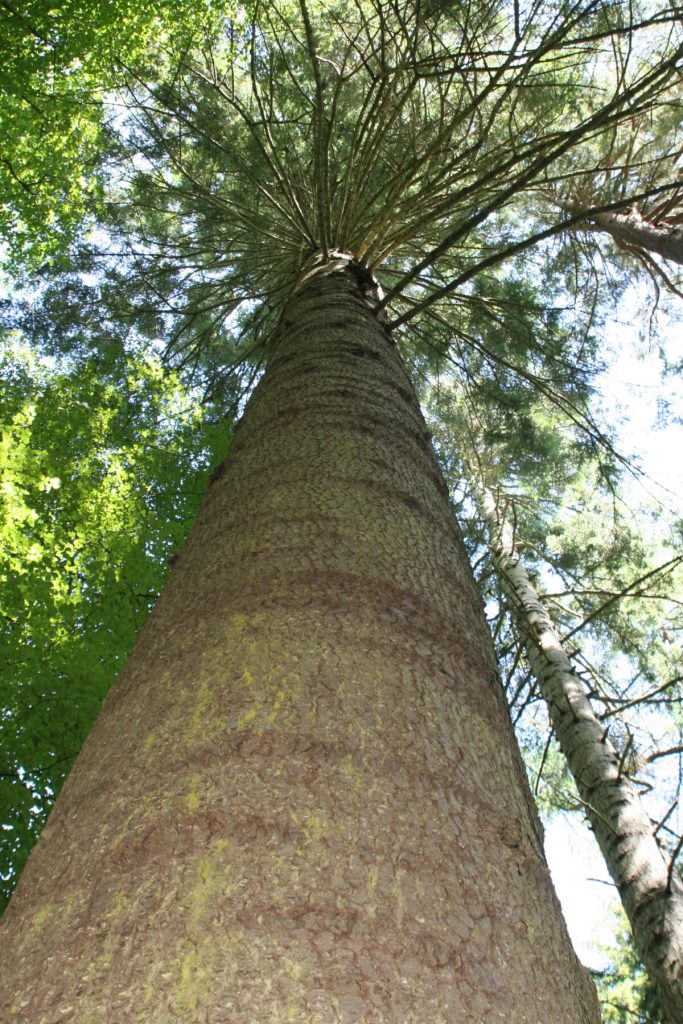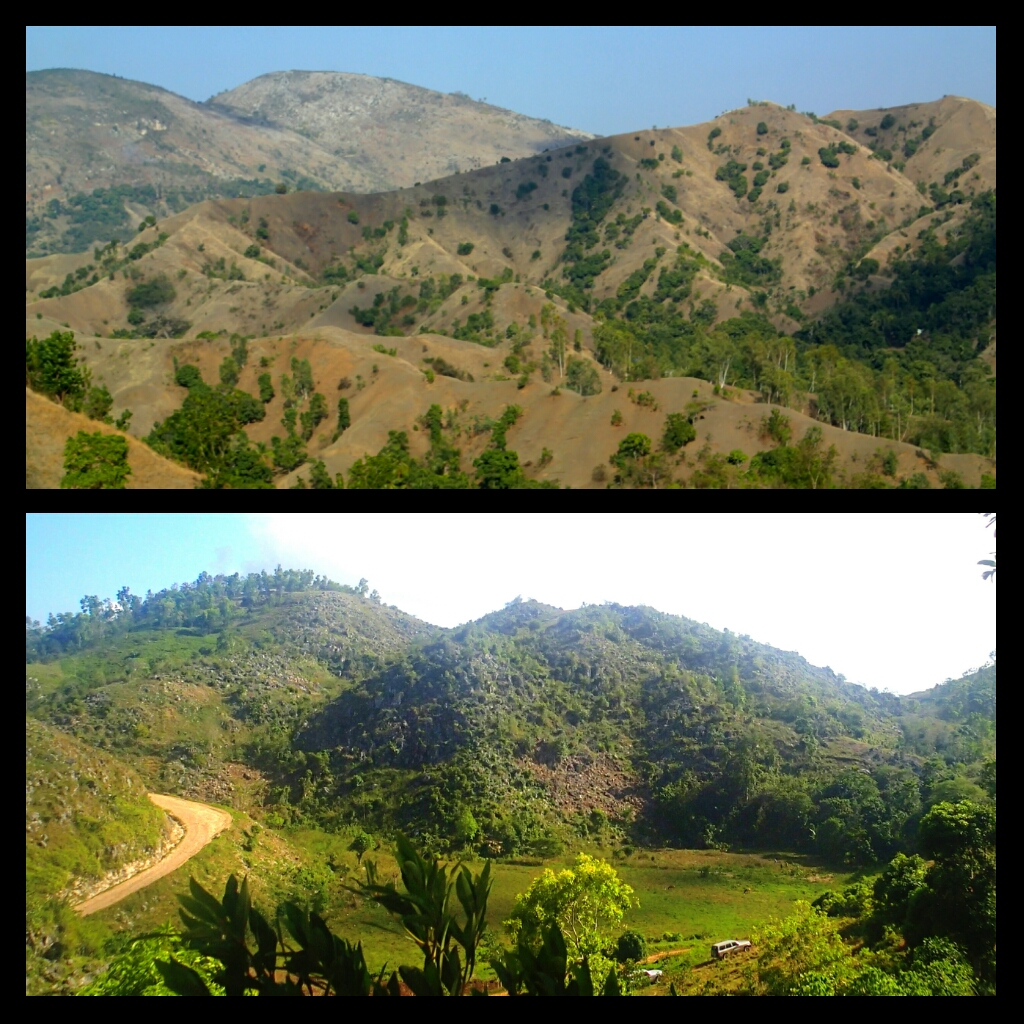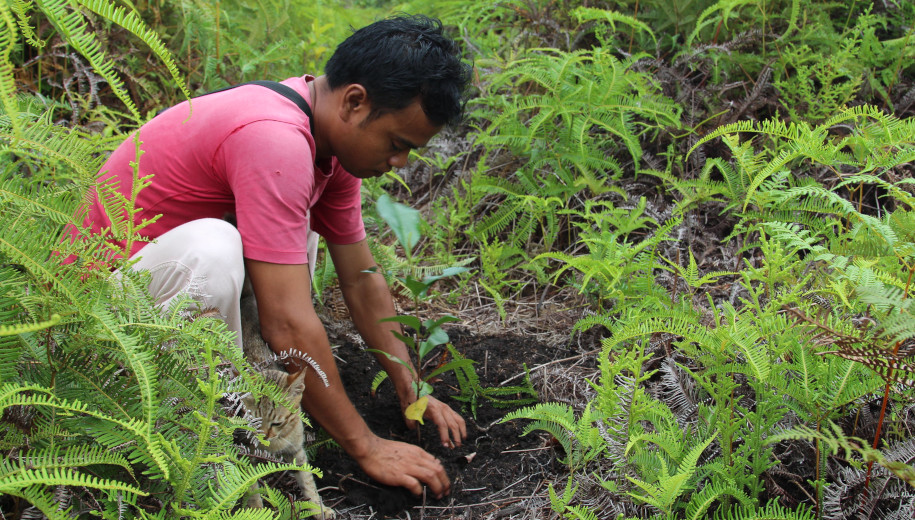
At the New York Times Climate Forward Summit, Bill Gates said that planting trees to solve the climate crisis is “complete nonsense.” He proposed instead that we invest in companies like Climeworks, whose scrubber technologies capture carbon dioxide directly from the air.
Solving the climate crisis goes beyond simply removing carbon dioxide from the atmosphere; it’s also about preserving and restoring functional ecosystems, and trees play a critical role in many of them. We’ve lost 35% of forests in the past 300 years. The United Nations Environment Program quantified the Earth’s Forest area following the last ice age, and they estimate that the global number of trees has fallen by about 46% since the start of modern human civilization.
Trees and forests provide human communities with what we call Ecosystem Services. In addition to producing fiber, oxygen, and food, forests act as carbon sinks that absorb and hold onto carbon emissions.

The Ecosystem Services provided to us by trees and forests are wide and varied:
- Forests provide us with food like nuts and fruits and are home to many game species humans hunt for sustenance.
- They shade and cool our homes and cities, mitigating the impact of the urban heat island effect. Transpiration from trees further cools the atmosphere like giant swamp coolers.
- Trees stabilize soil and hold onto large amounts of water. With large-scale weather events becoming increasingly common, the ability of our landscapes to withstand these events is increasingly important.
- In addition to preventing soil loss in rain events, trees slow stormwater run-off and the potential for flooding and support stormwater infiltration, recharging groundwater.
- Trees provide critical habitat and promote biodiversity in both natural and urban ecosystems.
- Forests and other nonagricultural lands absorb a net of 13% of U.S. carbon dioxide emissions, reducing the greenhouse effect and, in turn, releasing oxygen.
- Trees help to make our streets safer by changing the scale of the road, influencing driver perception, and slowing them down.
- Stress relief researchers have found that certain natural scenes are visually appealing and stress-relieving. Exposure to natural patterns and fractals created by trees can reduce stress by up to 60%.
- People have a sense of history and tie to culture and community in old trees. Mature trees instill a sense of establishment and security, are stately, and have withstood the test of time, often for generations. The Banyon tree in Lahaina is an excellent example.
Technology is only part of the solution.
Climate Change didn’t happen overnight, and it won’t be solved overnight or even in the next 20 years. While scrubber technologies like Climeworks are encouraging, they only solve a narrow portion if the problem. It will take more than purchasing a carbon offset plan to reverse climate change. Also, is it just me, or does the idea of industry owning and controlling clean air sound a bit foreboding? Does this solve the problem? Or are we just handing the climate over to industrialists and billionaires? It may sound enticing to try and pay our way to a healthy planet, but there’s no way around it – technology is only PART of the solution – we still need to do the work. Think of scrubbers like a ventilator in an I.C.U. They may keep the patient alive, but they don’t make that patient healthy again.

What CAN we do?
An effective and socially sustainable long-term solution for humanity must come from the range of diverse communities of society, not the 1% alone. We have the potential power of 7.8 billion humans to regenerate life-sustaining ecosystems around the globe and solve the climate problem. One person in rural Indonesia will likely never have the resources to build and operate a scrubber perpetually. However, they can plant trees and rebuild ecosystems within their community in their lifetime. Those local communities also carry generations of valuable knowledge and understanding of their ecosystems and how to support the generation of ecosystem services best. Between 2000 and 2020, the amount of forest increased by 1.3 million square kilometers, an area larger than Peru, according to the World Resources Institute, with China and India leading the way. While those trees won’t sequester much carbon in the first five years, they will over their lifetime. Healthy forests are regenerative. They replace themselves in perpetuity. What’s the lifespan of a scrubber?

The best practice for our involvement as community builders in reforestation and urban forest development means involving local people from the beginning to the planning stage and on through to the delivery and management of the forest, be it a natural condition or the forest within their own neighborhood. It is local communities that will often look after the forest, prepare the land, plant the trees, and maintain the site, all of which diversify local employment and improve livelihoods. Prioritizing reforestation and management of forests, both in rural and urban settings, is crucial for the longevity of our communities and planet. We must think and plan in the scope of decades and centuries, not the latest news cycle.